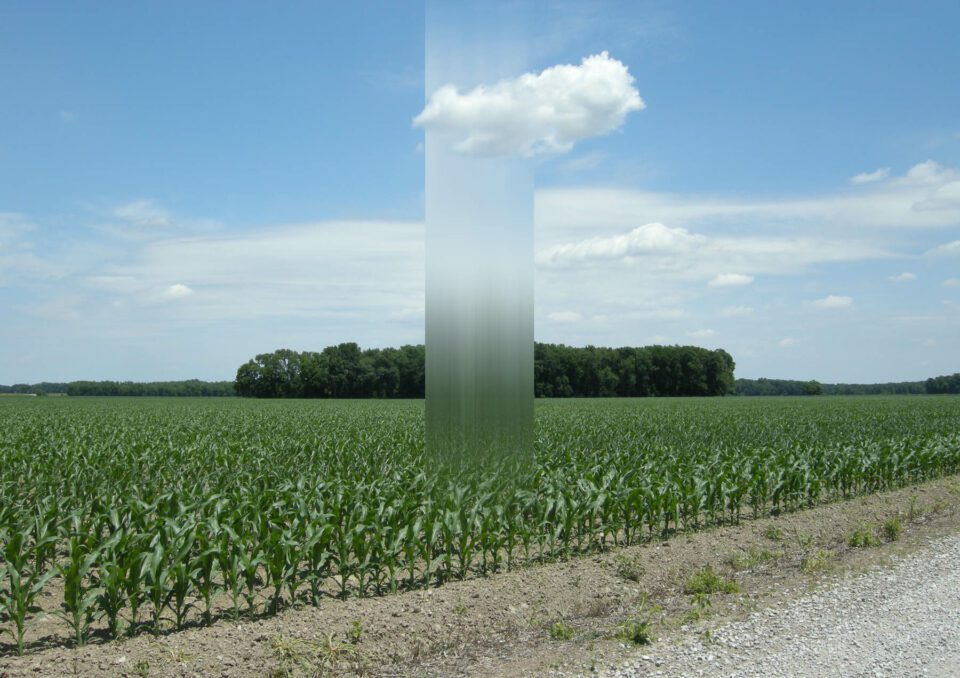The invention of the analogue camera enabled humans to capture light, creating fixed moments in time. In the same ways our eyes process visual information and our brains interpret meaning, however, photographs have never provided an undisputed record of events. As Clément Chéroux, Chief Curator of Photography at MoMA, New York, notes: “Photography is not the objective recording apparatus that the proponents of historicism dreamed of. The photographer’s operation on reality is similar to that of the historian on the past in order to transform it into history.” (Since 1839: Eleven Essays on Photography, MIT Press, 2021). The rise of digital cameras has, in turn, meant that we no longer store photographs as pockets of light and darkness, but as strings of numbers, able to be edited instantly. Ellen Jantzen (b. 1946) draws attention to the editing processes that define much of today’s media – stretching, cutting and pasting samples from the organic world. ellenjantzen.com





Image Credits:
1. Ellen Jantzen, Abundance (2014). Courtesy of the artist.
2. Ellen Jantzen, Road to Autumn (2018). Courtesy of the artist.
3. Ellen Jantzen, Whisper (2014). Courtesy of the artist.
4. Ellen Jantzen,Inscap (2019). Courtesy of the artist.
5. Ellen Jantzen, Conquering the Pull of Gravity (2014). Courtesy of the artist.
6. Ellen Jantzen, Amplitude (2014). Courtesy of the artist.




